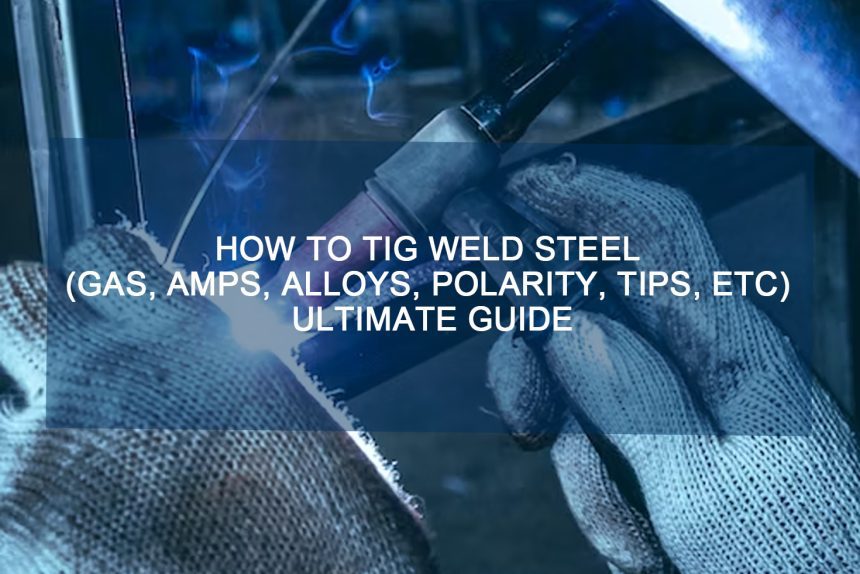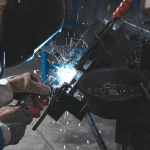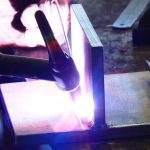TIG welding, also known as Tungsten Inert Gas welding, is a highly valuable method for joining metals, especially steel. This technique involves heating the metals using an arc created between the tungsten electrode and the base metal.
How to TIG Weld Steel
Welding Town
(Gas, Amps, Alloys, Polarity, Tips, etc)
Ultimate Guide
What’s the Heat Input of TIG Welding on Steel
The keyhole TIG welding process requires high heat input due to its high amperage. This combination of high currents and high-speed welding allows for deep penetration, while still maintaining modest heat input within the acceptable range. For instance, when TIG welding on 304 stainless steel with a 10mm thickness, the approximate heat input is typically 1.4 kJ/mm gross.
Heat input is a critical factor for successful TIG welding on steel. Consulting with qualified welders can help determine the appropriate heat input for your specific welding project. To calculate the heat input, you can measure the voltage and amperage in your welding machine using analog or digital meters, and then divide it by the overall travel speed. The formula is (60 x Amps x volts) / (1000 x travel speed in in/min) = KJ/in. Travel speed is calculated by dividing the length of the weld by the time taken to weld it. Faster travel speed reduces heat input. Lowering the amperage and voltage can also help achieve a lower heat input.
FAQ
- TIG Welding and Back Purging on Steel
Back purging is a crucial practice in TIG welding to protect the root run of the weld from oxidation on the non-weld side. By using the same inert gas to protect the weld pool, the root run remains shielded. Weld designers can opt for root purging when access to the root is available. To remove the root, grinding can be used, followed by rewelding from the root side.
- Should I TIG Weld on Steel Chassis?
Seam welding on a steel chassis is feasible and distortion is not a major concern for thick folded panels. Properly using the equipment and techniques can make the seam welding process quick and easy. Follow the guidelines accurately to complete the chassis welding as required. If you have any doubts, consult specialists in the field before starting the welding.
- TIG Welding on Steel Lap Joint
To successfully TIG weld a lap joint, follow step-by-step instructions and be adept at manipulating and reading the weld puddle before adding filler wire. You can practice with autogenous welds and eventually add filler as needed.
- TIG Welding on Steel With Brass Filler Rod
TIG welding brass can be complex due to the zinc content with a low melting point. To weld brass, use an inverter with appropriate pulse settings and ensure enough heat input to create a puddle. Pulse the pedal quickly while adding the rod and control the arc to cover the entire puddle.
- TIG Welding on Steel With Silicon Bronze
TIG welding with silicone bronze is considered tig brazing, as the base metal being joined has a higher melting point than the silicon bronze filler rod. Mixing excess steel into silicone bronze can lead to cracking and a brittle weld or braze. Be cautious when using this combination.




![12 Different Types of Welding Processes [The Definitive Guide] 6 12 Different Types of Welding Processes [The Definitive Guide]](https://www.021208.com/wp-content/uploads/2025/01/12-Different-Types-of-Welding-Processes-The-Definitive-Guide-150x150.jpg)







